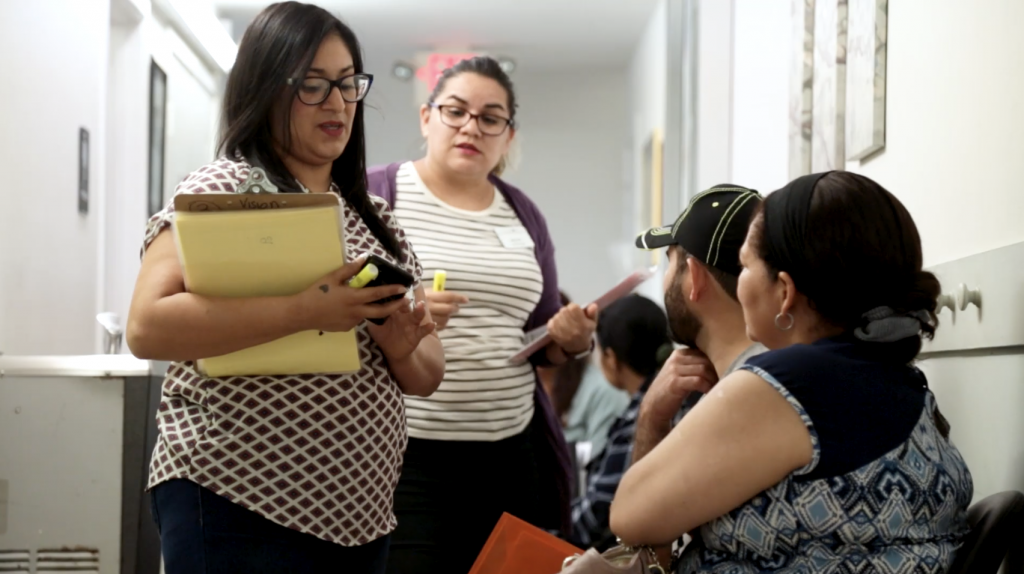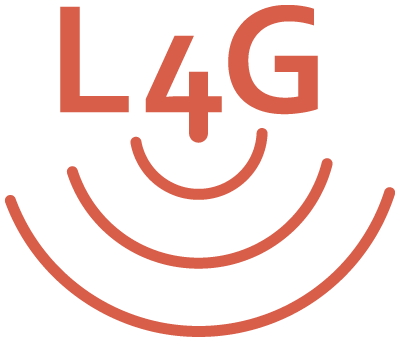- Guides & Toolkits
What are best practices for surveying via paper?
July 14, 2024
- Feedback Best Practices
- Surveying

Paper surveys are easily accessible across a range of populations, generally inexpensive to produce, and avoid challenges of digital access and literacy. Among L4G organizations, we see average response rates with paper surveys to be among our highest.
But, paper surveys do require additional staff time to manually input responses so that you can analyze aggregated data in Step 3.
If you decide to use paper surveys, follow these best practices in survey design and data collection to avoid issues with data quality:
Survey Design
- Minimize survey instructions or controls/limits on responses (e.g., respondents only choose up to 3 of the possible answer options). There is no way to enforce these in paper surveys, so there’s a higher chance of respondents missing the instructions, resulting in messy and unclear data.
- Similarly, avoid skip logic if possible. Without a way to enforce the skip logic, there is a chance that respondents will not follow the correct survey sequence and, as a result, you will have messy and unclear data. Consider using segmentation questions so you can separate your data later or giving respondents guidance to opt out of answering a question (e.g., adding “Not applicable” answer options on multiple choice or checkbox questions or asking clients to write in “Not applicable” on open-ended questions). If you need to use skip logic, be sure skip patterns are clear and visually direct respondents to relevant questions.
- Make sure your paper survey looks exactly the same as your programmed survey. Be sure to maintain the fidelity to the question wording and order as programmed in the survey.
- If you plan to use different collectors to segment responses (e.g., by different site), you could print the survey on different color paper as an easy way to identify and track completion by collector (e.g., surveys on yellow paper are from Site A while surveys on blue paper are from Site B).
- Include an option to complete the survey online if preferred (e.g., by including a QR code). This gives clients the chance to take the survey in the format they prefer most and reduces the data entry burden for your team.
Data Collection
Paper surveys can be distributed onsite or offsite. Onsite surveys — delivered in person or during services or programming — tend to result in much higher response rates than offsite since the request to complete the survey is highly personalized and reaches clients when their attention is focused on your programs/services. Choose which makes most sense for how you meet your clients.
Regardless if you are collecting onsite or offsite, plan to use recruitment materials (posters, flyers, newsletters) to announce the survey and deadlines for completion ahead of time.
Review specific best practices for onsite or offsite surveying with paper surveys:
Onsite
- If you are administering in a group setting, read all the survey instructions out loud first, emphasizing the purpose of the survey, that their feedback is consequence-free (they will not lose access to services as a result of their feedback), and that your organization will close the loop with the results of the survey. Then give clients space, time, and privacy to complete the survey.
- Make it easy to return the completed survey in a way that preserves anonymity, like an envelope or a “ballot box.” Make sure the place to return surveys is visually appealing and easily referenced so participants know where to find it (e.g., “Please return your completed survey to the big striped box in the lobby.”)
- If providing incentives, plan for how participants can provide information needed to get the incentive (e.g., their name to indicate they completed a survey or an address where an incentive should be sent). Respondents can provide information directly to staff after the survey is complete. Or, you can include a separate page with each survey that asks for relevant information and instruct respondents to return it to a staff member after completing the survey.
Offsite
- Plan for how you’ll get the completed survey responses back.
- If you are mailing out your surveys, include addressed and stamped envelopes for clients to use to return completed surveys to you. This can be a costly process, so consider this option only if your clients are used to receiving mail information from your organization, making this the best way to reach them. Remember to include clear instructions about deadlines to return completed surveys that account for shipping time.
- For programs that have recurring visits to participants (e.g., Meal on Wheels program), leave the survey with clients (e.g., in a food box they receive as part of programming) and ask them to complete it by the next visit so staff can pick it up.
- To increase response rates, plan to also make phone calls or send text messages to let your clients know that they will receive the survey and that you look forward to receiving their feedback.
- If your budget allows, provide a coupon or small incentive with each survey to show appreciation for their time for completing the survey and encourage responses.
- Consider adding a cover letter to explain the spirit of the survey and the importance of client feedback to improve programs and services.

